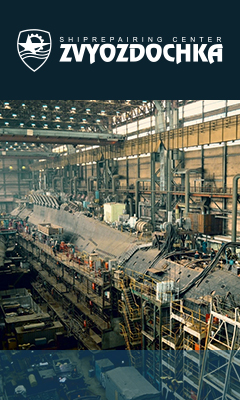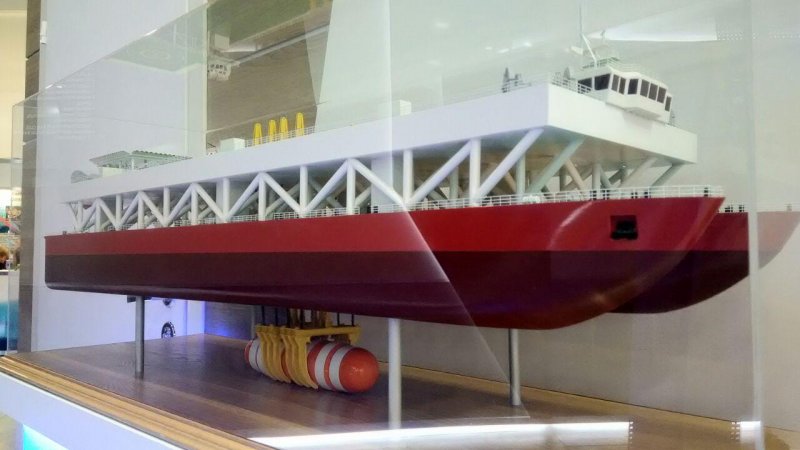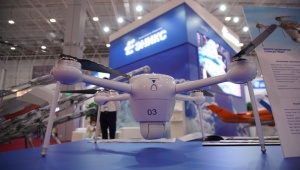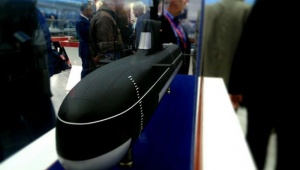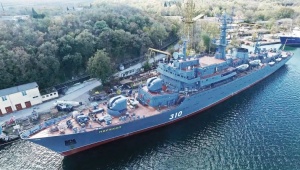According to designers, Project 23570 involves a whole range of innovative ship-salvage solutions; several R&D works are currently carried out in this area. One of them named Tekhnologia-ATP is aimed at "development of basic project of integrated technology and equipment for searching, identification, lifting and delivery for further disposal of potentially hazardous underwater objects". The ship will interface with the marine infrastructure available on the Kola Peninsula.
A naval insider said the ship-salvage issues remained topical and needed some purpose-built technical solutions. For one, within the next few years it is planned to lift PD-50 floating dock and a number of sunken submarines. Also, the Project 23570 vessel will plant and remove different underwater assets on the seabed, and attend the Russian Navyís search and rescue operations.It is planned to kick off building the ship in 2020ís. There will be a single vessel in the project, with the homebase on the Kola Peninsula. Ice class of the future catamaran-type ship is Arc4. Its length is 137 meters, beam is 36 meters, draft is 7.5 meters. Deadweight at design waterline is 10,000 tons. The joint-action lifting system can lift a 14,000-ton object. It is based on 56 lifting gears with capacity of 250 tons each. The load-gripping device consists of 14 modules lifting 1,000 tons each.










